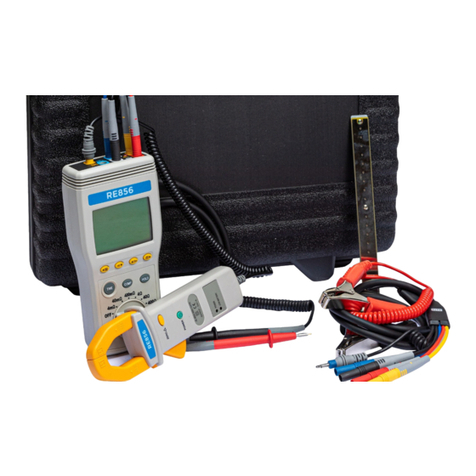..................................................................................................................................................4
............................................................................................................5
....................................................................................................6
..................................................................................................................................7
.......................................................................................................................................8
...................................................................................................................8
...............................................................................................................9
......................................................................................9
.............................................................................................................................................10
......................................................................................................................................10
.........................................................................................................................................10
.......................................................................................................................12
....................................................................................12
..................................................................................13
.....................................................................................................13
.................................................................................................................................13
......................................................................................................................13
..........................................................................................................13
...........................................................................................................14
...........................................................................................14
..................................................................................................................15
......................................................................................15
.....................................................................................................................................15
...................................................................................................................15
.........................................................................................................................16
..............................................................................16
.........................................................................................16
..............................................................17
....................................................................................................................18
.......................................................18
...............................................................................................18
.......................................................................................18































